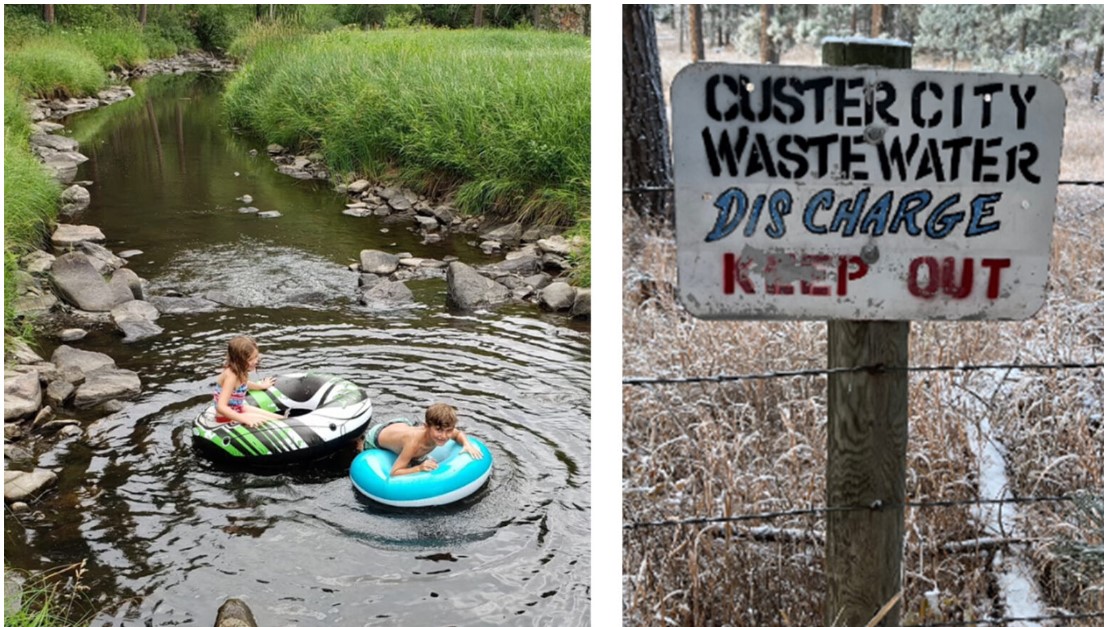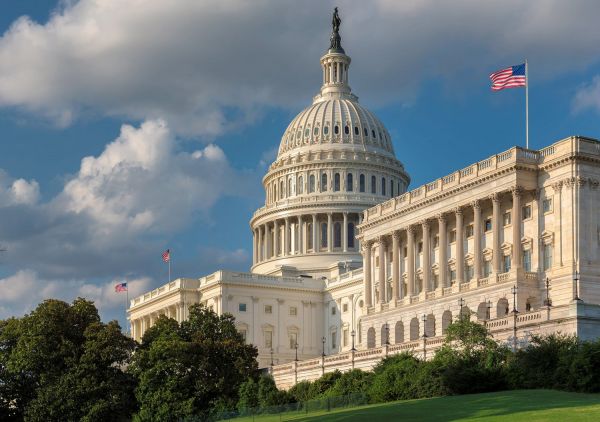PIERRE, S.D. – There are nearly 150,000 miles of rivers and streams in South Dakota, but new data show many of those don’t meet state standards for safe water quality.
According to the state’s 2024 surface water quality report, nearly 80% of waters studied don’t meet the quality requirements for their intended uses, including recreation and aquatic life. The primary contaminants are E. Coli and Total Suspended Solids, which make rivers run brown. The report says some of the culprits are river bank erosion, runoff from large farm operations and sewage overflows.
Travis Entenman, managing director with Friends of the Big Sioux River, said those can pose human health risks through drinking water.
“When there’s excess nutrients in the water, it takes more cost, energy, equipment, time, money that goes into cleaning our water before we can drink it,” he explained.
 South Dakota Considers Mandating Water Buffer Strips 〉
South Dakota Considers Mandating Water Buffer Strips 〉
State Needs More Incentives To Keep Ag Waste Out Of Water〉
Landowners Feel Sidelined As City Plans Waster Discharge Into French Creek〉
Much of the contamination comes from nonpoint sources, meaning it accumulates from many small inputs, which are hard to regulate. Instead, the state offers incentives for voluntary action by landowners to prevent runoff, but Entenman said there’s more interest in those incentive programs than there is funding available.
Entenman expects that to change as the Natural Resources Conservation Service, which provides technical assistance to landowners, gets funding from the Inflation Reduction Act. Projects that can improve water quality include riparian buffers, waste management systems for livestock operators and alternative practices for row-crop growers. Entenman hopes to see many people get involved.
“When a river or lake becomes impaired, it’s kind of like a death by a thousand cuts,” he added. “So, if you’re doing the right thing, but your upstream neighbor isn’t, it’s not going to solve the larger issue.”













